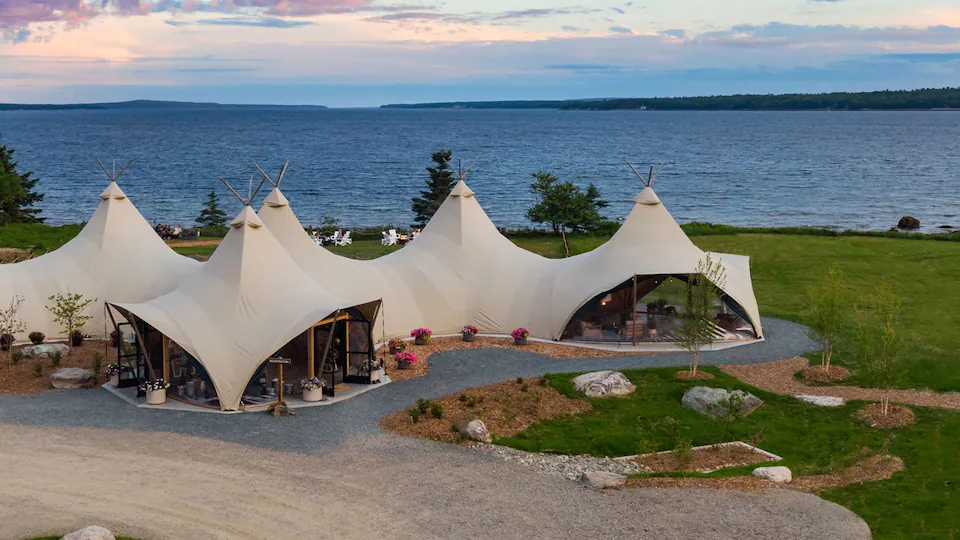Enhancing Health Education Through Engaging Video Content

Health education thrives on clarity, yet traditional methods often struggle to capture attention. Enter dynamic video storytelling—an approach reshaping how people connect with complex health concepts. A skilled video editor London can transform abstract medical details into visual narratives that feel simple, personal, and easy to remember.
Making Complex Ideas Understandable
Health knowledge is full of technical jargon and intricate explanations. Video brings these ideas to life, breaking them into digestible visuals. Animated graphics, step-by-step demonstrations, and real-world scenarios help learners see information in action rather than just hearing or reading it. This makes subjects like anatomy, nutrition, or mental health more approachable for students, patients, and wider audiences.
Capturing Attention in a Digital Era
Modern learners are immersed in digital platforms where short-form video has become second nature. Health education must adapt to this reality. A well-crafted video captures attention instantly and sustains focus longer than text-heavy material. This not only benefits classroom learners but also supports public health campaigns, where concise, memorable messages can reach vast audiences and encourage positive lifestyle changes.
Encouraging Emotional Connection
Facts alone rarely change behaviour; emotions drive impact. Video content can carry empathy, urgency, and hope in ways static formats cannot. Whether it’s a short documentary on recovery journeys or an explainer highlighting preventive care, video communicates both information and feeling. Such connection motivates viewers to act—whether seeking medical advice, adopting healthier habits, or supporting awareness campaigns.
Supporting Diverse Learning Styles
Everyone learns differently. While some grasp knowledge through reading, others need visuals or auditory cues. Video naturally combines sound, imagery, and motion, making it a versatile tool for all learning styles. Subtitles, sign language interpretation, and multiple language options further ensure inclusivity, allowing health education to reach diverse populations across different cultural and social backgrounds.
Extending Reach Beyond the Classroom
Traditional health education often takes place within schools, clinics, or training halls. Video removes those boundaries. With smartphones and online platforms, health information can travel globally within seconds. This reach proves vital in emergencies, such as public health warnings, or in spreading preventive education to rural or underserved communities. The immediacy and accessibility of video enhance its value as a universal teaching resource.
Building Trust Through Transparency
Trust is essential in health communication. Video allows educators to demonstrate procedures, explain treatments, and showcase expert opinions transparently. This visibility reduces fear and confusion, replacing uncertainty with confidence. When learners can see information unfold visually, they are more likely to trust its accuracy and follow guidance responsibly.
Driving Long-Term Engagement
Learning is not about a single lesson but about retention and application over time. Video formats, especially when interactive, provide ongoing engagement. Quizzes, clickable elements, or follow-up modules can keep learners actively involved. This dynamic approach encourages repetition without monotony, ensuring vital health messages are absorbed and applied.
A Future Built on Innovation
The role of video in health education will only expand as technology advances. Virtual reality and interactive simulations are already offering immersive experiences where learners can practise skills in safe, controlled environments. From understanding surgical techniques to managing chronic conditions, the potential is vast. Video remains the foundation of this evolution, bridging science and accessibility in ways print or static slides cannot.
Final Thoughts
Health education is more than transferring facts—it is about shaping healthier communities through understanding and action. Engaging video content makes that mission achievable. By simplifying complexity, creating emotional resonance, and breaking barriers of access, video empowers both educators and learners. In an age where attention is scarce and health knowledge is critical, video stands as the most effective bridge between information and transformation.




